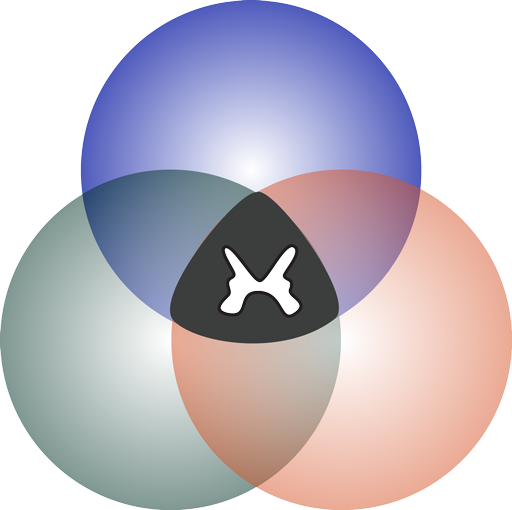Create new odc-sci Account and/or log in to download the file.
Probiotic treatment in female Lewis rats following unilateral incomplete cervical (C5) contusion injury: behavior, histological and systemic cytokine dataDOI:10.34945/F5HC7PDATASET CITATIONRaposo P. JF., Nguyen A. T., Schmidt E. KA., Torress Espin A., Fenrich K. K., Bennett D., Fouad K. (2023) Probiotic treatment in female Lewis rats following unilateral incomplete cervical (C5) contusion injury: behavior, histological and systemic cytokine data. Open Data Commons for Spinal Cord Injury. ODC-SCI:687 http://doi.org/10.34945/F5HC7PABSTRACTSTUDY PURPOSE: We tested whether a probiotic treatment immediately after a unilateral incomplete cervical spinal cord injury in female rats prevents gut dysbiosis, promotes motor recovery and dampens the related anxiety like behavior as we have previously reported for fecal matter transplants.DATA COLLECTED: Female Lewis rats (12 weeks and 180-220 g) received a 125 kdyn unilateral contusion on the right side of the spinal C4-5 level (1.25 mm right of midline, 25 mm drop height at a 15-degree angle) using an Infinite Horizon impactor. Probiotics were given immediately after SCI using VSL#3 containing eight different strains (Bifidobacterium breve, Bifidobacterium infantis, Bifidobacterium longum, Lactobacillus acidophilus, Lactobacillus bulgaricus, Lactobacillus casei, Lactobacillus planatarum, and Streptococcus salivarus subspecies thermophilus). VSL#3 was administered daily via oral gavage for 7 days at a dose of 5 billion CFU. Control group was gavaged with 0.5 ml of sterile water. After 7 DPI, the 5 billion CFU of VSL#3 doses were adjusted to ensure equivalent consumption and administered ad libitum in drinking water for a total of 35 days post injury (DPI). An open field test was used to assess motor function as well as depression/anxiety-like behavior. The elevated plus maze was carried out at baseline and 35 DPI by recording the rats for ten minutes and then analyze offline with customized software (https://github.com/cdoolin/rat-apps). The rats were placed in a cylinder for 5 min to record the number of left and right forelimb paw placements on the cylinder wall during rearing and recorded weekly after injury. For the light-dark exploration test, the distance traveled in the light chamber, total number of transitions, time spent in each chamber and latency to enter the light chamber were recorded and analyzed offline. The test was carried out at baseline and 35 DPI. The horizontal ladder served to examine skilled motor function, where a successful trial was concluded when rats walked across all rungs without rearing or stopping. Three successful trials were analyzed offline for the number of successful steps, missed steps, and forelimb slips.The von Frey test was used to assess mechanical allodynia. The overall gut microbiome was assessed prior to injury (baseline) and at 3, 7, 14, and 35 DPI by collecting fresh fecal matter from rats at the beginning of their dark cycle and submitted for 16S rRNA analysis. The microbiome report for this study is in the associated odc-sci dataset #688. Plasma samples were collected in the morning (animal's light cycle) and diluted 2-fold and run on the Rat Cytokine 27-Plex and Rat Stress Hormone 2-Plex discovery assays. Images of lesion extension were taken from cryosectioned tissue slices with an epifluorescence microscope at 5× magnification and analyzed using ImageJ. Lesion size was calculated and represented as the percent of spared tissue. Images at 5× magnification were taken to visualize the entire spinal cord cross section 0.25 cm rostral to the lesion, at its epicenter, and 0.25 cm caudal. To analyze microglia in the spinal cord tissue, the area of Iba-1+ immunoreactivity was divided by the total area of each individual spinal cord cross section and expressed as a percentage of Iba1+ area using thresholding.CONCLUSIONS: We could not detect any beneficial effects of the probiotic treatment. If anything it was detrimental as lesion size was slightly larger and the return of the gut microbiome to preinjury state was delayed by the treatment. Our results thus do not support the application of the utilized probiotic cocktail as a dietary supplement for the treatment of cervical SCI-induced gut dysbiosis and secondary complications.KEYWORDSSpinal Cord Injury; gut microbiome; motor recovery; Anxiety; rat; probioticsPROVENANCE / ORIGINATING PUBLICATIONSRELEVANT LINKSNOTESAssociated dataset: Probiotic treatment in female Lewis rats following unilateral incomplete cervical (C5) contusion injury:-Microbiome report ODC-SCI #688
|
DATASET INFOContact: Fouad Karim (karim.fouad@ualberta.ca)Lab: Karim Fouad
|
|


